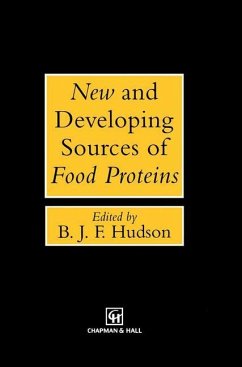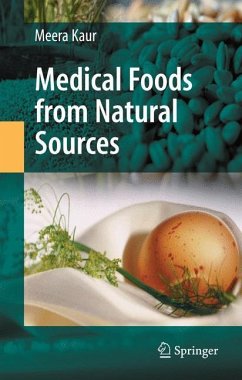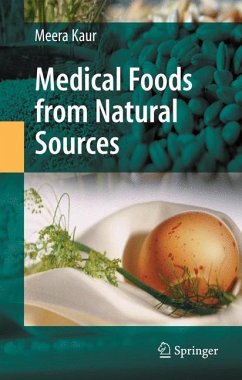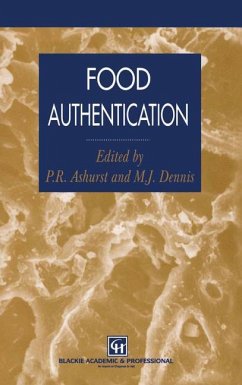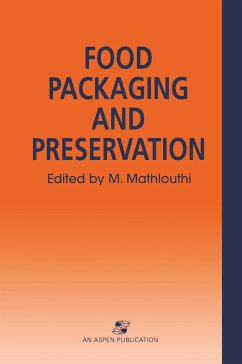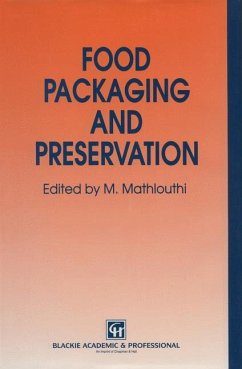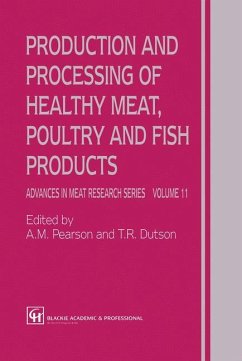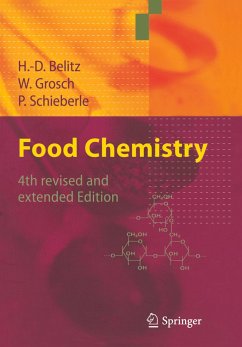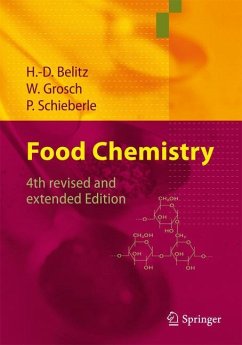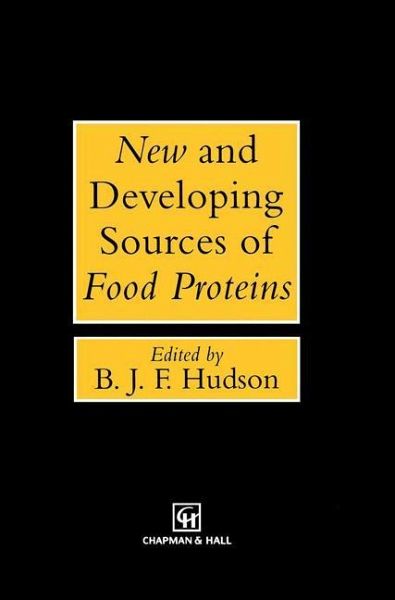
New and Developing Sources of Food Proteins
Versandkostenfrei!
Versandfertig in 1-2 Wochen
115,99 €
inkl. MwSt.
Weitere Ausgaben:

PAYBACK Punkte
58 °P sammeln!
The recent series of texts 'Developments in Food Proteins' comprised in all seven volumes which were published in the course of the decade 1982-1991. Each volume contained inter alia one or more chapters that were concerned with new or developing sources of food proteins. Most of these have now been collected together in an up dated and re-evaluated form for the present volume. 'New' sources of food proteins includes those sources that are unconventional, that are still of very limited significance in market terms, or that are at present of very localized use. Several of these were included in...
The recent series of texts 'Developments in Food Proteins' comprised in all seven volumes which were published in the course of the decade 1982-1991. Each volume contained inter alia one or more chapters that were concerned with new or developing sources of food proteins. Most of these have now been collected together in an up dated and re-evaluated form for the present volume. 'New' sources of food proteins includes those sources that are unconventional, that are still of very limited significance in market terms, or that are at present of very localized use. Several of these were included in 'Developments in Food Proteins'. One of them, algae, appeared both in Volume 1 and in an up-dated form in Volume 7. It is therefore not included here. Others, such as yeasts and bacteria, have not yet increased in practical importance as potential food components beyond the long-term promise already evident at that time. However, leaf protein, as described in the present Chapter 10, has moved from the original rather crude concept to a much more sophisticated product in the form of Rubisco. Fungal protein, as Quorn (Chapter 11), has also proved to be potentially of real food value. 'Developing' sources of food protein are those sources that have always been basic items in human diets.





